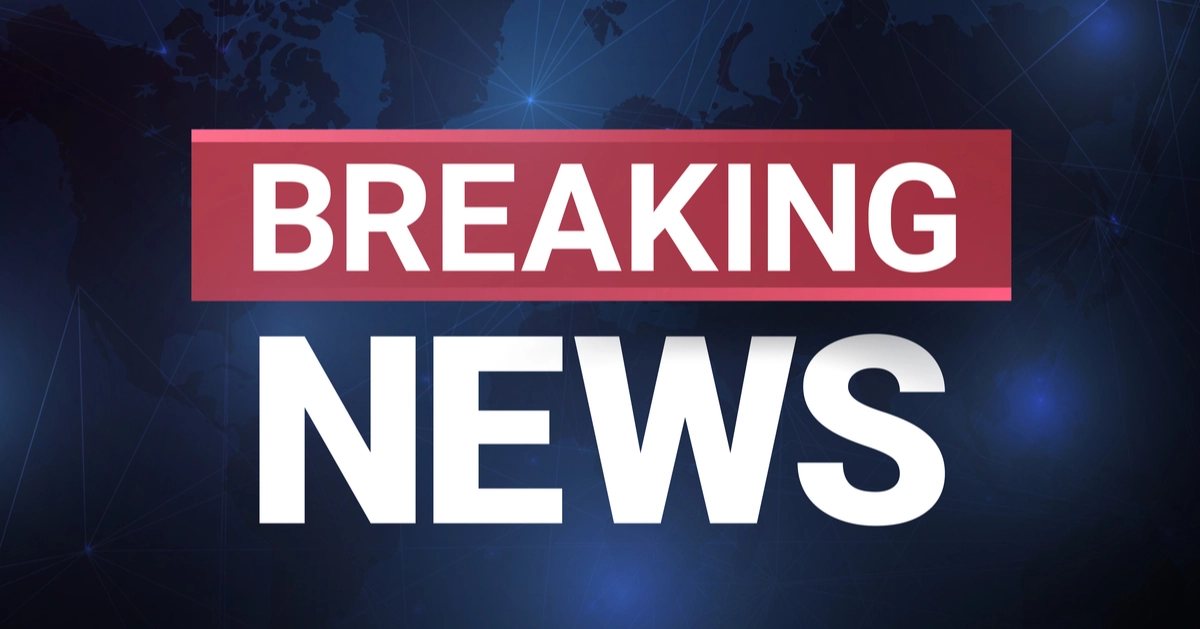Discovered Smuggling Tunnel Undermines Arizona Border Security
Joint efforts between U.S. and Mexican law enforcement reveal mounting tensions at the southern border as sophisticated smuggling operations continue to evolve.
According to The Post Millennial, authorities discovered an incomplete tunnel, suspected to be part of cartel smuggling operations, near the U.S.-Mexico border in San Luis Río Colorado, adjacent to Yuma, Arizona, during a collaborative drone surveillance operation between U.S. Customs and Border Protection and Sonora State Police.
Mexican officials confirmed the structure as a "narco tunnel," marking the third such discovery near Yuma in 2024.
The tunnel's sophisticated design suggests its intended use for both drug trafficking and human smuggling operations, highlighting the increasing complexity of cartel infrastructure along the border region.
Advanced Cartel Operations Challenge Border Security Measures
The Sinaloa Cartel maintains dominant control over the border region south of Arizona, exploiting strategic access points near San Luis Rio Colorado and Nogales ports of entry.
Their operational sophistication extends to constructing elaborate tunnel systems, often equipped with modern amenities, including electrical systems and ventilation infrastructure.
DEA Administrator Anne Milgram emphasized the central role of major cartels in the current drug crisis. Her statement underscores the intricate network of criminal enterprises operating along the border:
At the heart of the synthetic drug crisis are the Sinaloa and Jalisco cartels and their associates, who DEA is tracking world-wide. The suppliers, manufacturers, distributors, and money launderers all play a role in the web of deliberate and calculated treachery orchestrated by these cartels.
The DEA's commitment to dismantling these networks remains steadfast, as evidenced by Milgram's additional statement:
DEA will continue to use all available resources to target these networks and save American lives.
Border Security Concerns Intensify Amid Political Transition
Recent intelligence suggests a surge in attempted border crossings by gang members, particularly those affiliated with the Tren de Aragua organization.
These groups appear to be accelerating their efforts ahead of President-elect Donald Trump's upcoming inauguration on January 20, anticipating stricter border enforcement policies under his administration.
The discovery highlights ongoing challenges faced by border enforcement agencies in combating increasingly sophisticated smuggling methods. Criminal organizations continue to adapt their strategies, implementing advanced construction techniques and utilizing modern technology in their illicit operations.
The DEA's 2024 Drug Threat Assessment specifically identifies the Sinaloa Cartel as a primary concern in the region, noting their frequent use of underground passages for smuggling operations. These tunnels represent a significant investment in infrastructure by criminal organizations, demonstrating their commitment to maintaining smuggling routes despite increased border security measures.
Strategic Response To Evolving Criminal Infrastructure
The successful detection of this tunnel demonstrates the effectiveness of technological solutions in border surveillance operations. Drone technology proves particularly valuable in identifying suspicious construction activities and potential smuggling infrastructure before completion.
The joint operation between U.S. and Mexican authorities represents a crucial partnership in addressing cross-border criminal activities. This collaboration enables more comprehensive monitoring of cartel operations and faster response times to emerging threats.
Border security agencies continue to enhance their detection capabilities and interdiction strategies in response to evolving cartel tactics. The implementation of advanced surveillance technology remains central to these efforts, particularly in areas known for underground smuggling attempts.
Immediate Impact And Security Implementation
A third tunnel discovery near Yuma in 2024 marks a significant development in the ongoing battle against cartel operations. The timing of this discovery, coupled with anticipated policy changes under the incoming administration, creates a complex dynamic in border security operations.
U.S. Customs and Border Protection continues strengthening its technological capabilities and collaborative partnerships to address these challenges. The successful use of drone surveillance in this operation demonstrates the vital role of modern technology in border security efforts.
The discovery reinforces the importance of maintaining vigilant border monitoring and the need for continued cooperation between U.S. and Mexican authorities in combating sophisticated smuggling operations.


